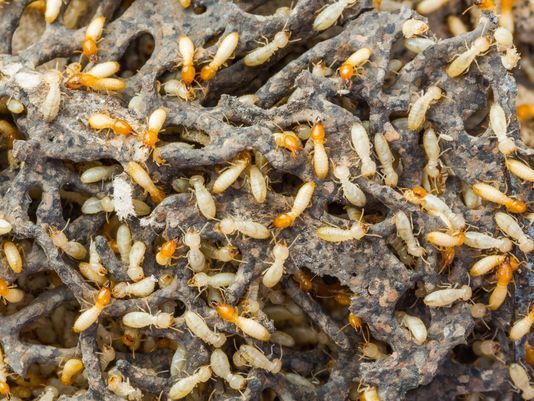Termites are easily the most destructive pests of woodwork, as they are responsible for inflicting more than two billion dollars in structural damages every year in the United States alone, according to officials with the Centers for Disease Control and Prevention. This makes termites more economically costly than both fires and windstorms combined in the US. It is not uncommon for termite damage to become severe enough to warrant the demolition of infested structures including historically significant structures. For example, a 200 year old home in Cohasset’s historic district had to be demolished in 2018 due to extensive termite damage that officials deemed irreparable. The sizable home was painstakingly reconstructed in its original form with termite-resistant lumber. Surprisingly, local leaders and members of the Cohasset Historical Commission decided that rebuilding the structure would be less expensive than renovating the existing structure. Also in 2018, the 18th century John Hemenway house in Framingham was scheduled for demolition after severe termite-related structural damage was found inside. It is well known that termites infest and damage structural wood, but many people are unaware that termites frequently damage non-wood materials as well.
Termites consume wood in order to obtain cellulose, which is the primary structural compound found in all forms of plant life. Due to their appetite for cellulose, termites readily eat any material made from plants including paper and some fabrics. Every once in a while, pest control professionals encounter entire stacks of books that have sustained severe termite damage, and termites have consumed thousands of dollars in currency kept in safes, bank vaults, and hidden beneath floorboards. Although termites only consume materials that contain cellulose, they often use their powerful jaws to chew through non-cellulose materials in an effort to gain access to wood. Termite damage to wall insulation, plaster, vinyl, and even concrete is frequently discovered during home inspections. In fact, the CDC states that subterranean termites have caused power outages by eating through the protective plaster and lead material that covers underground electrical cables. Apparently, termite damage to plastics is quite common, as several scientific studies exploring termite-resistant plastics have been published. Termites that travel upward through floorboards may damage carpeting, and a variety of fabrics including cotton, rayon, silk and even leather have been known to sustain termite damage. While it is not impossible for termites to damage a few non-wood items within homes, they rarely get the chance to do so.
Have you ever found a non-wood material that had sustained termite damage?

